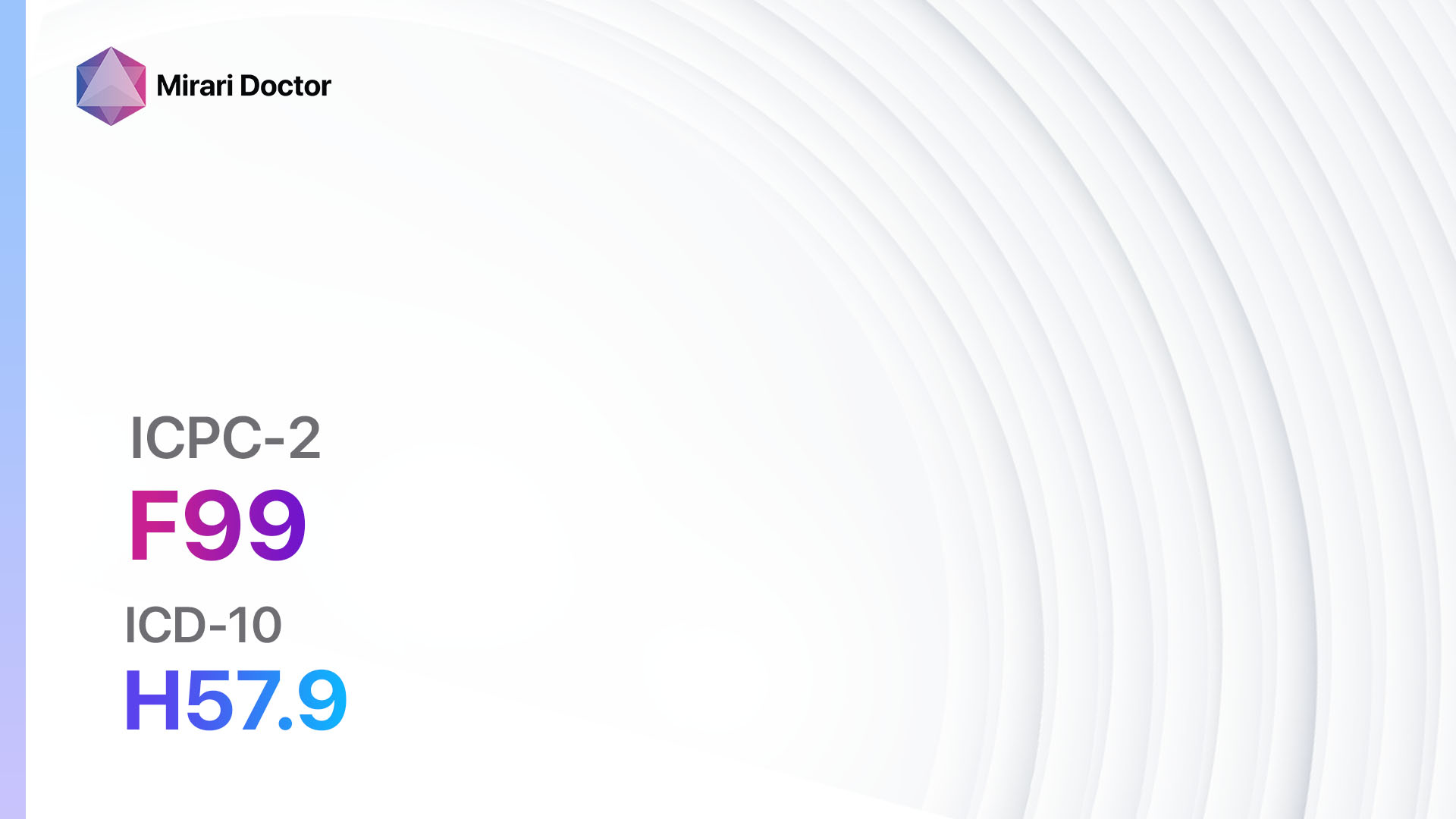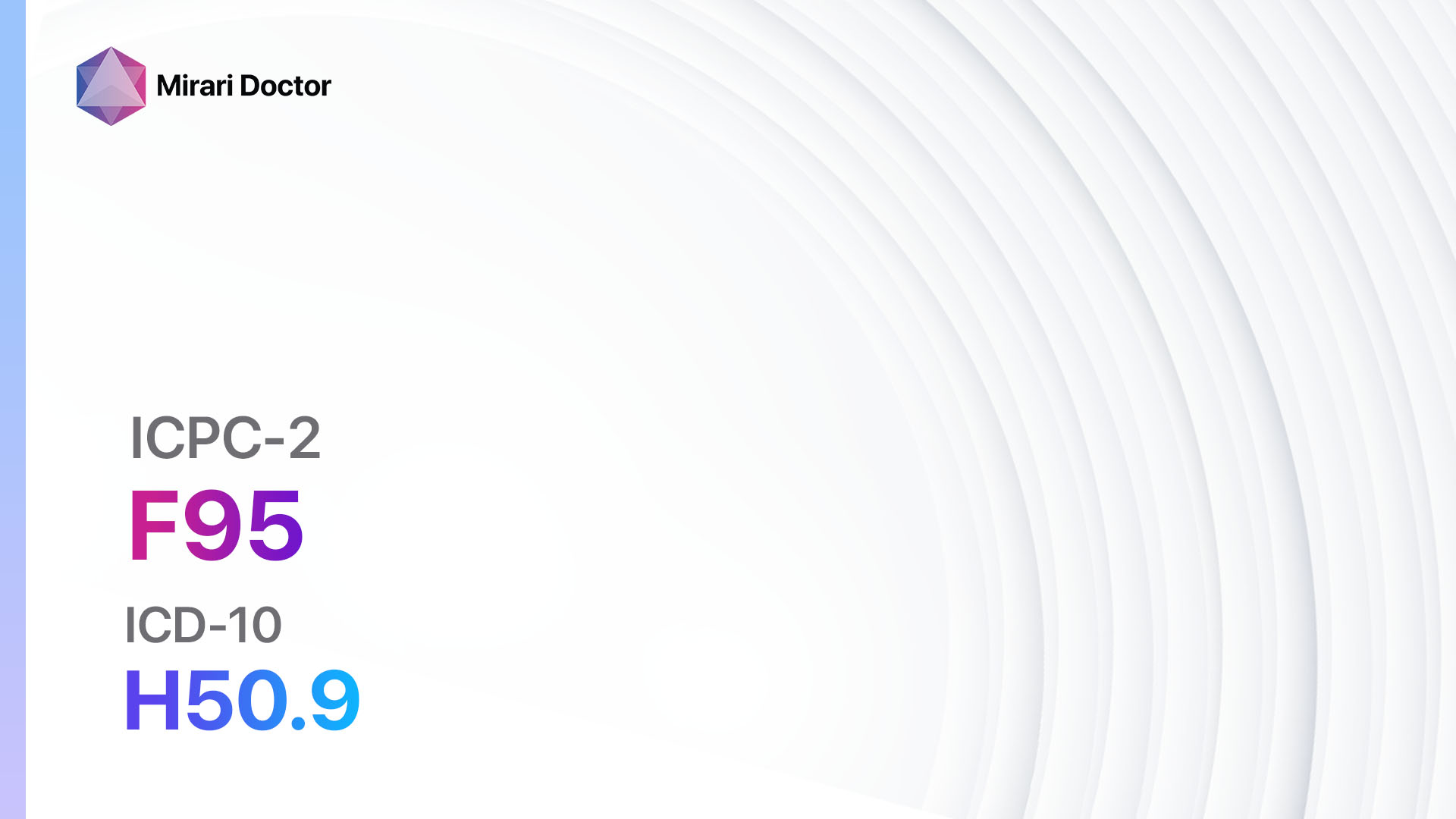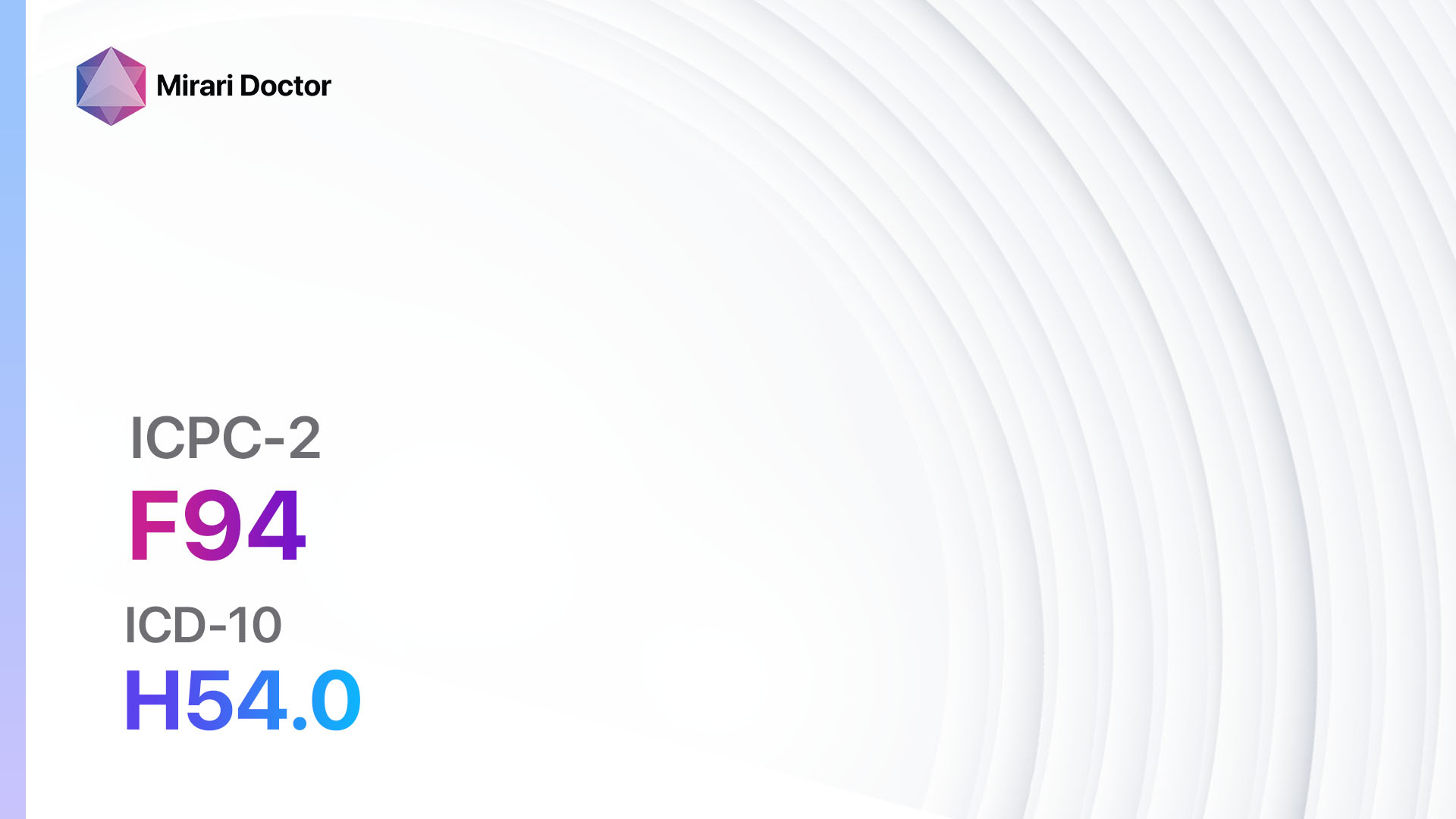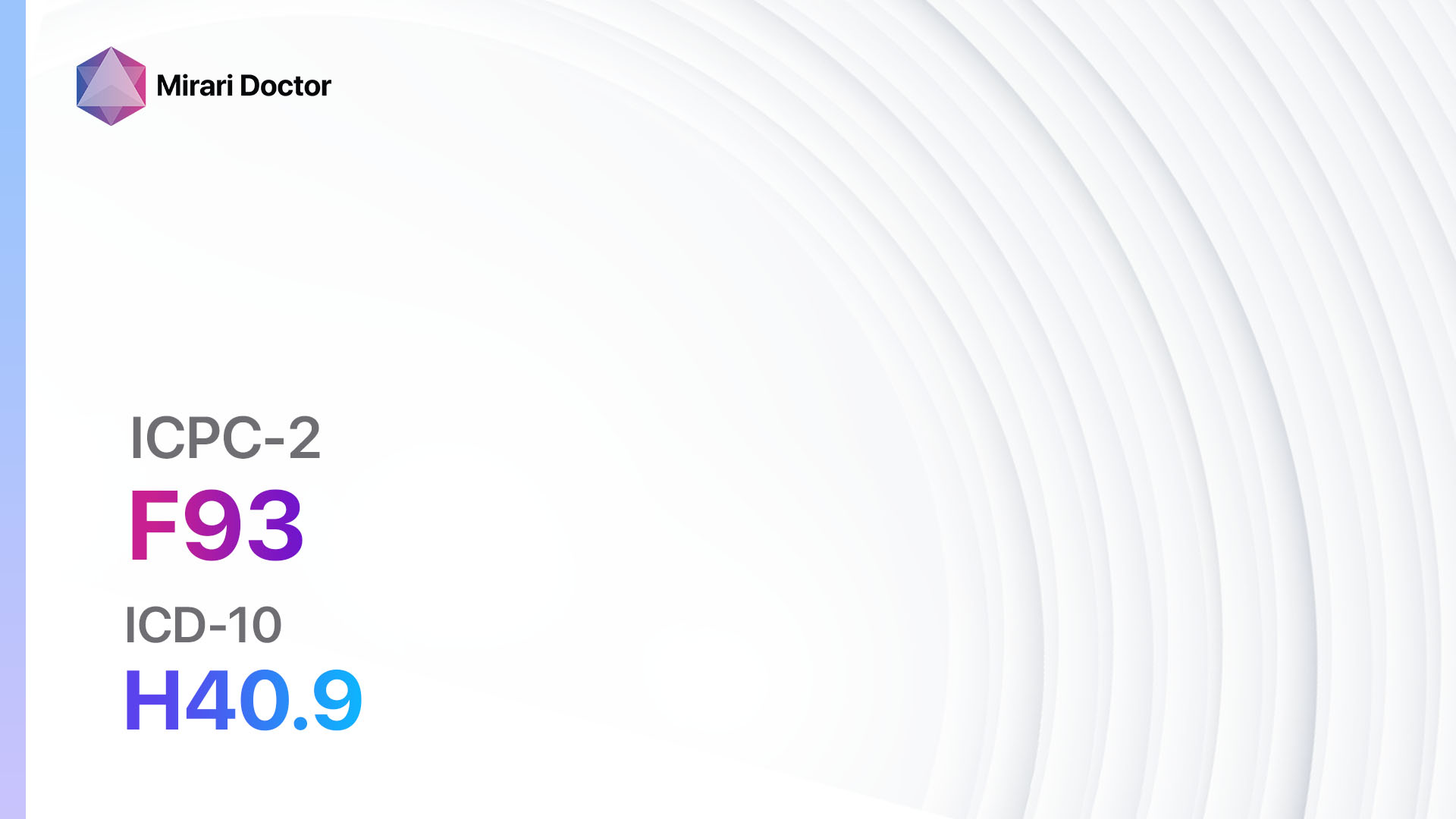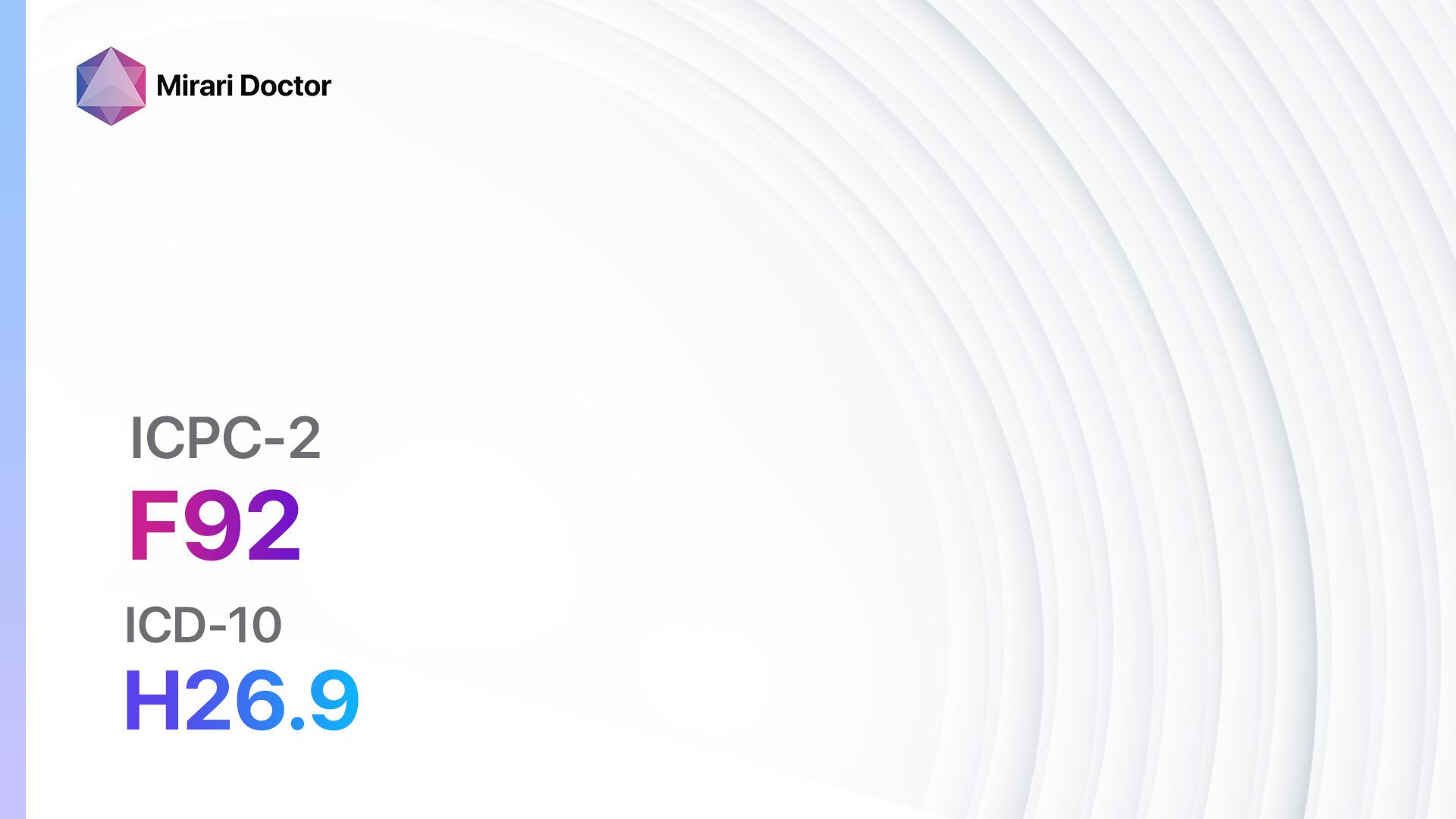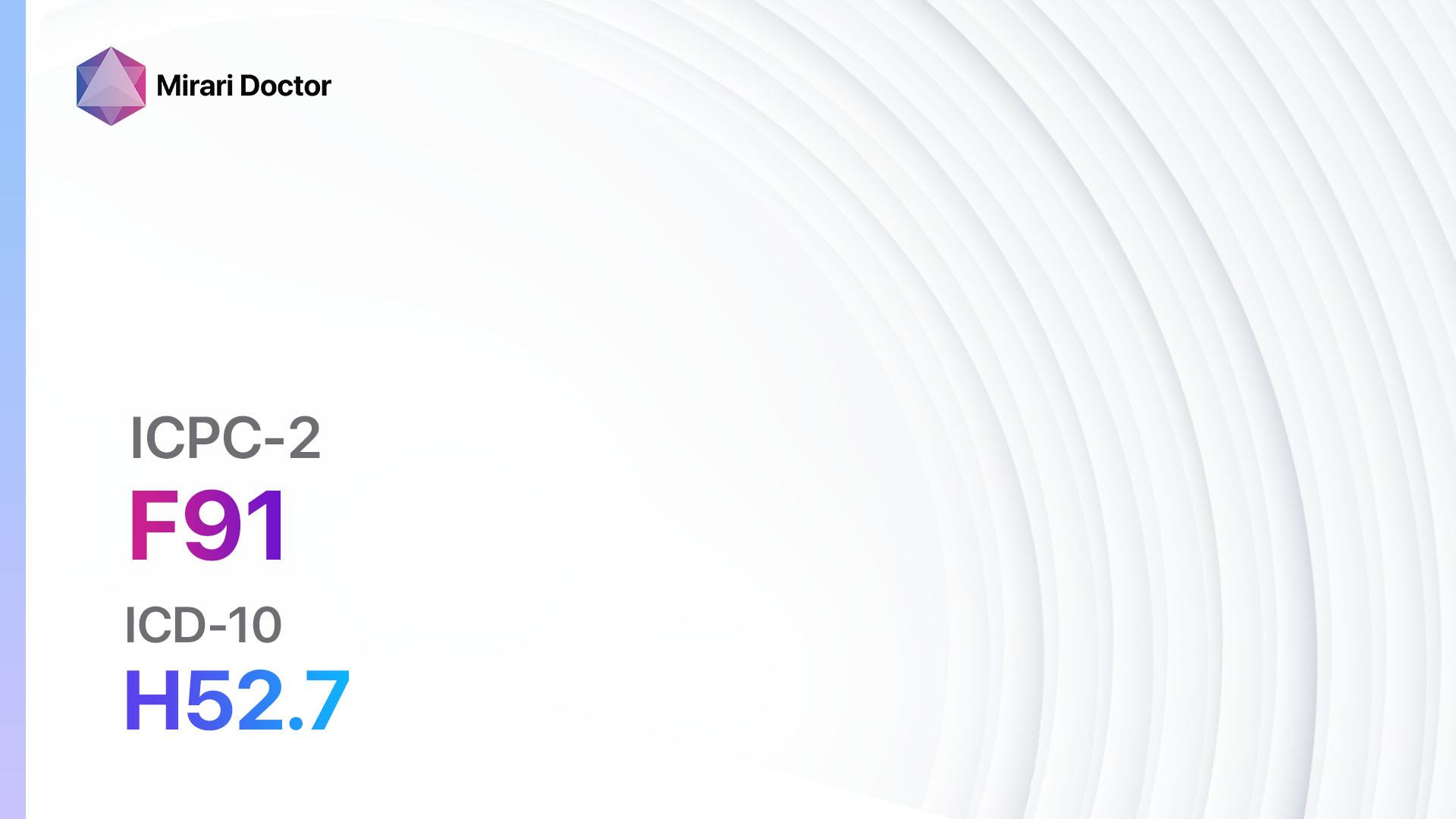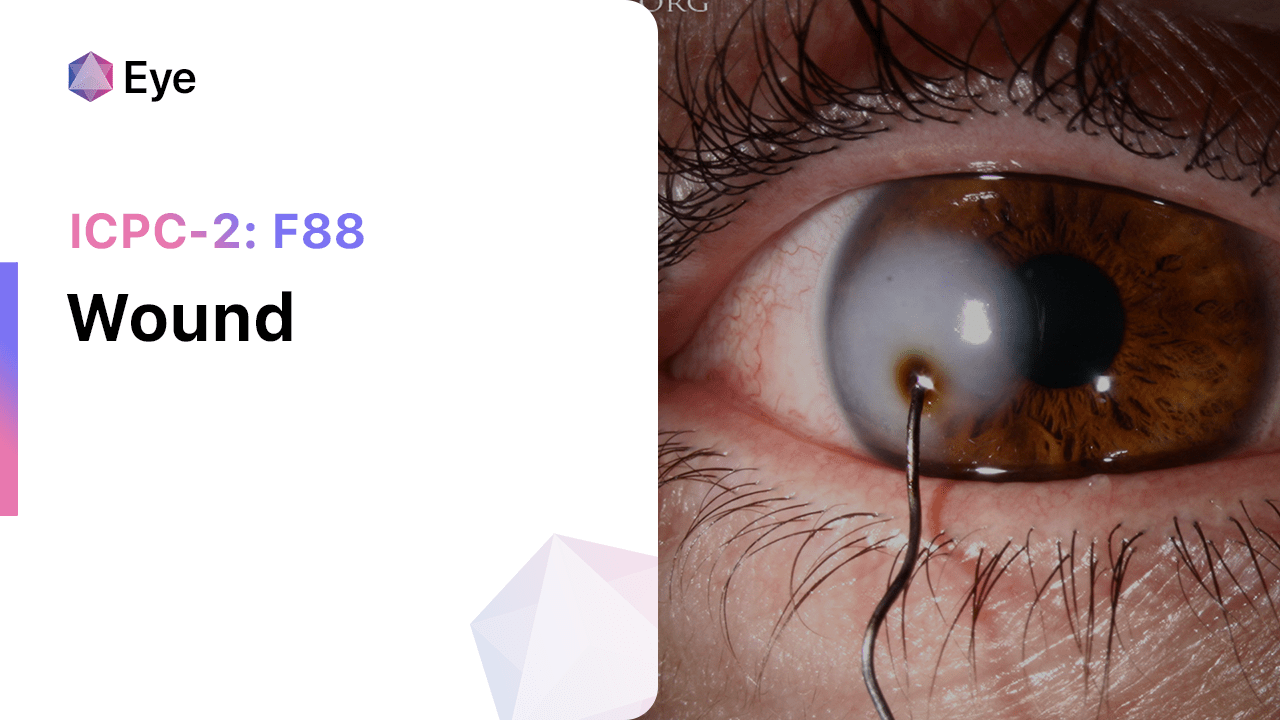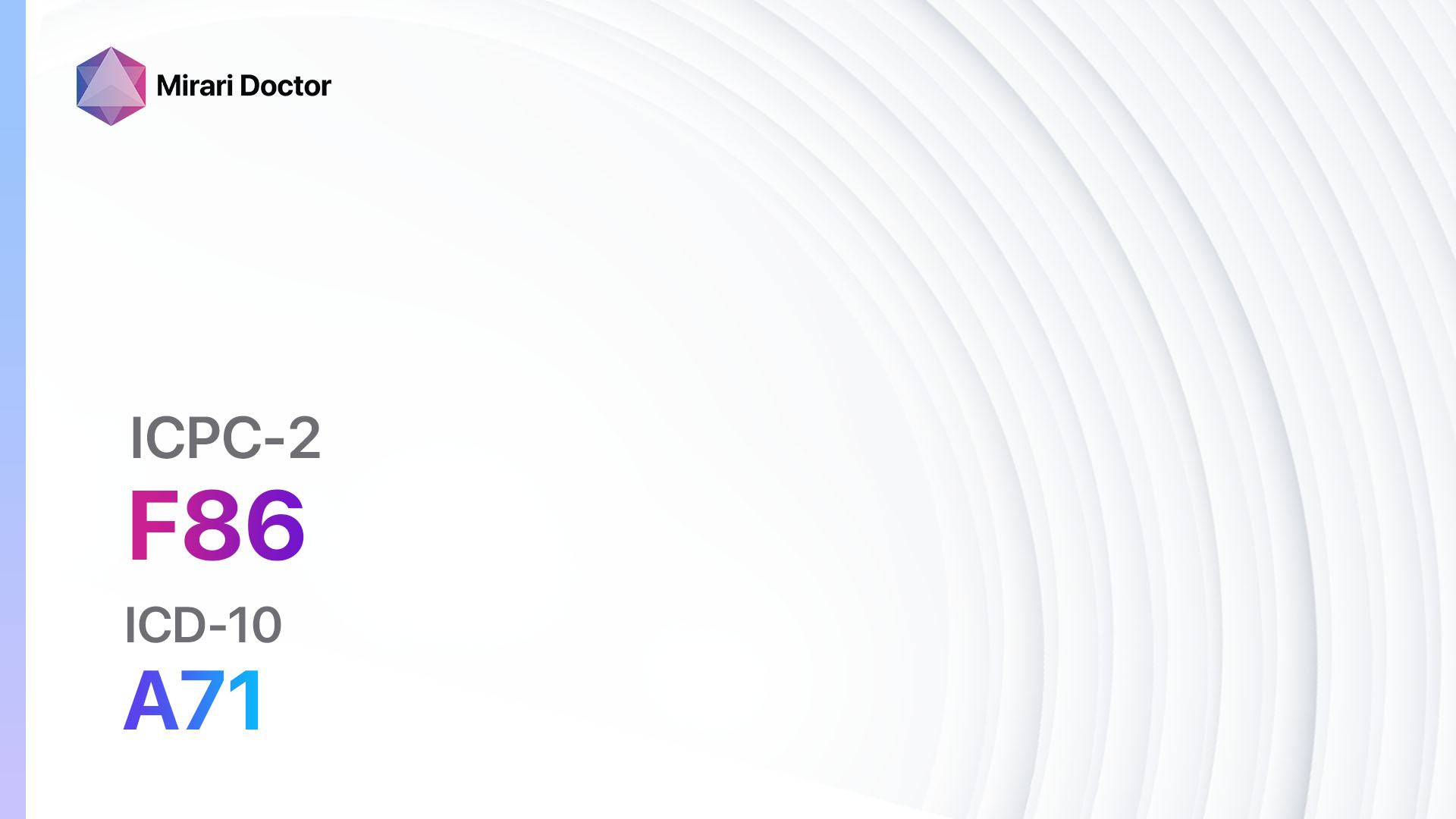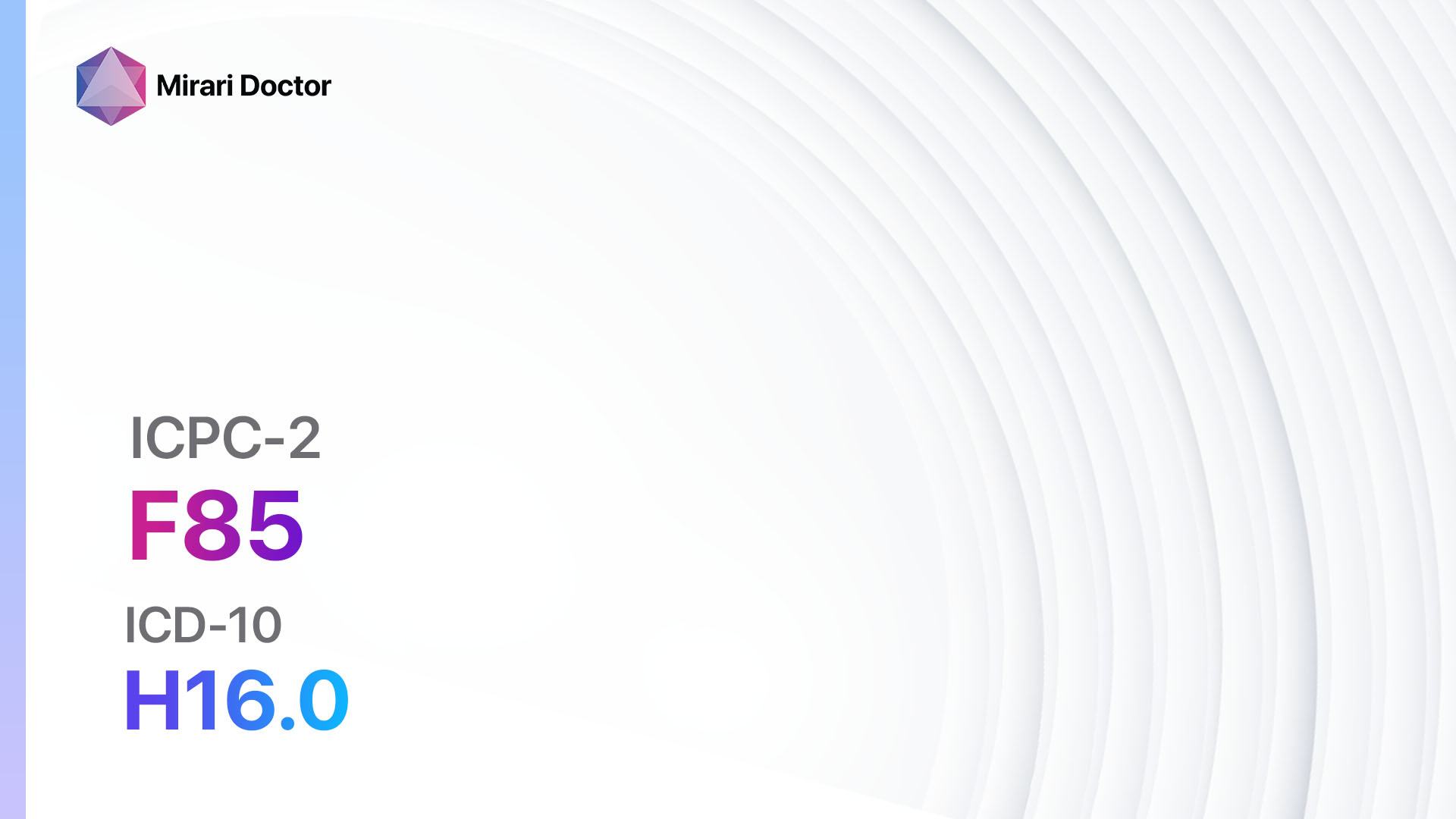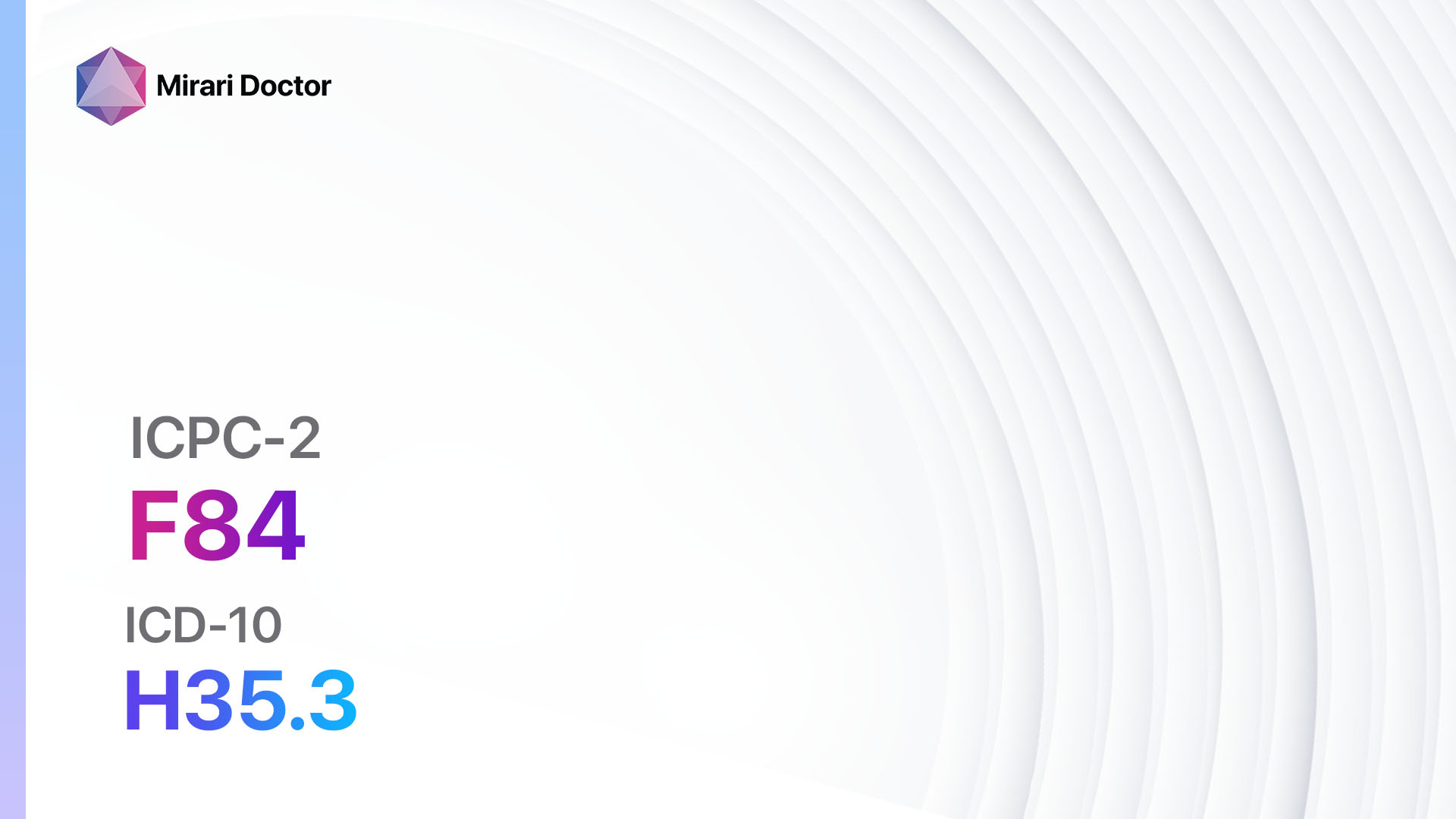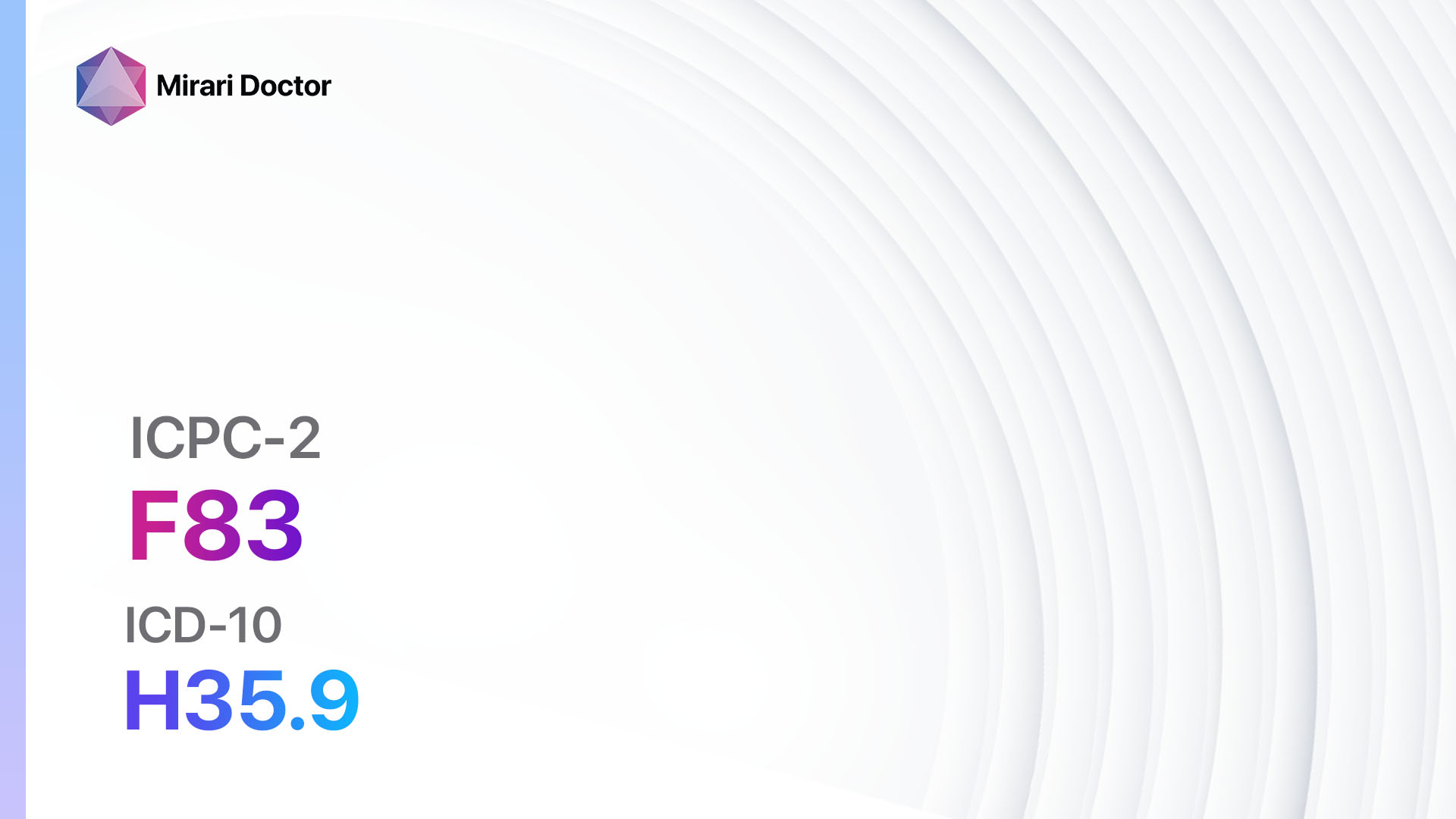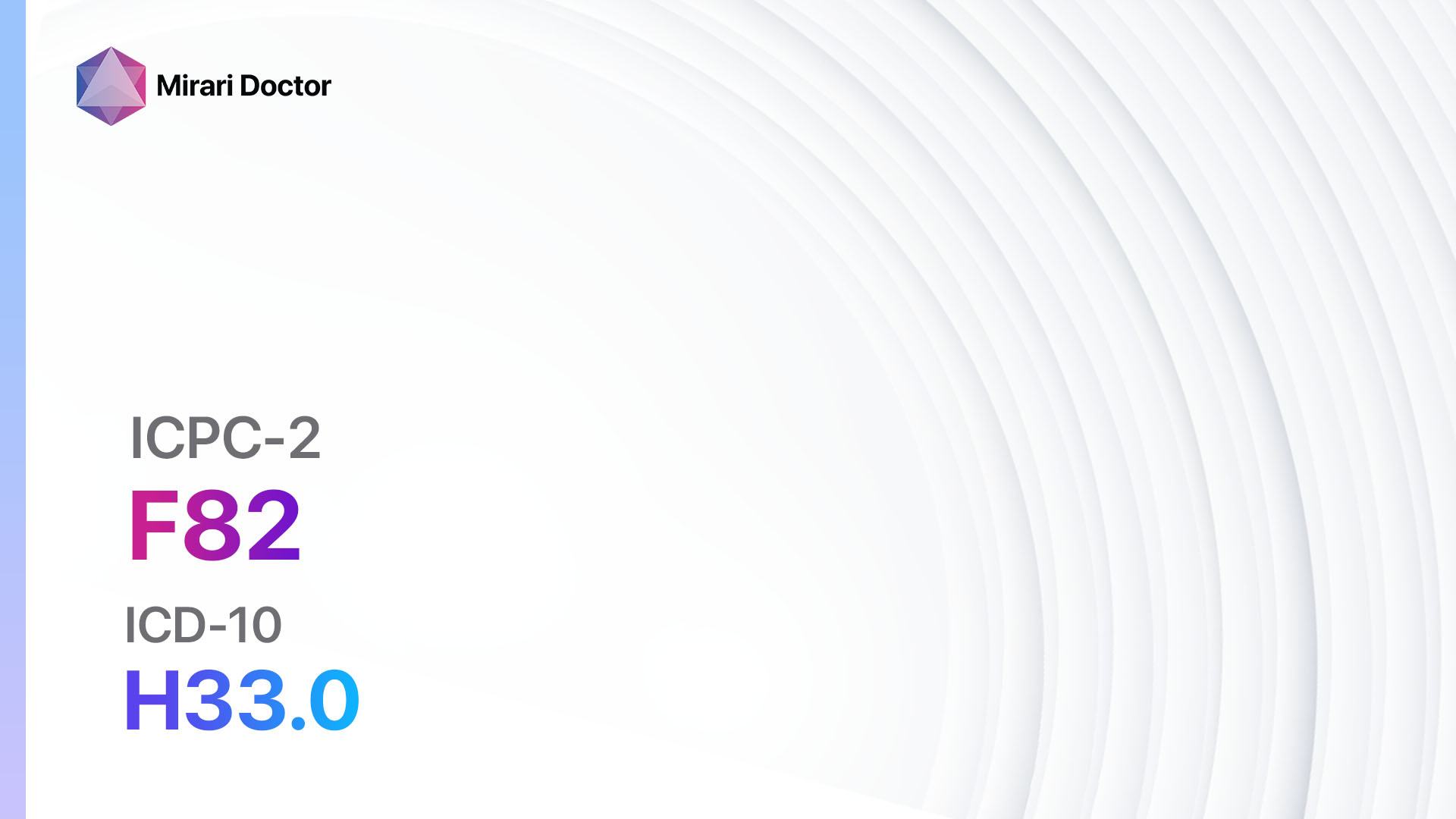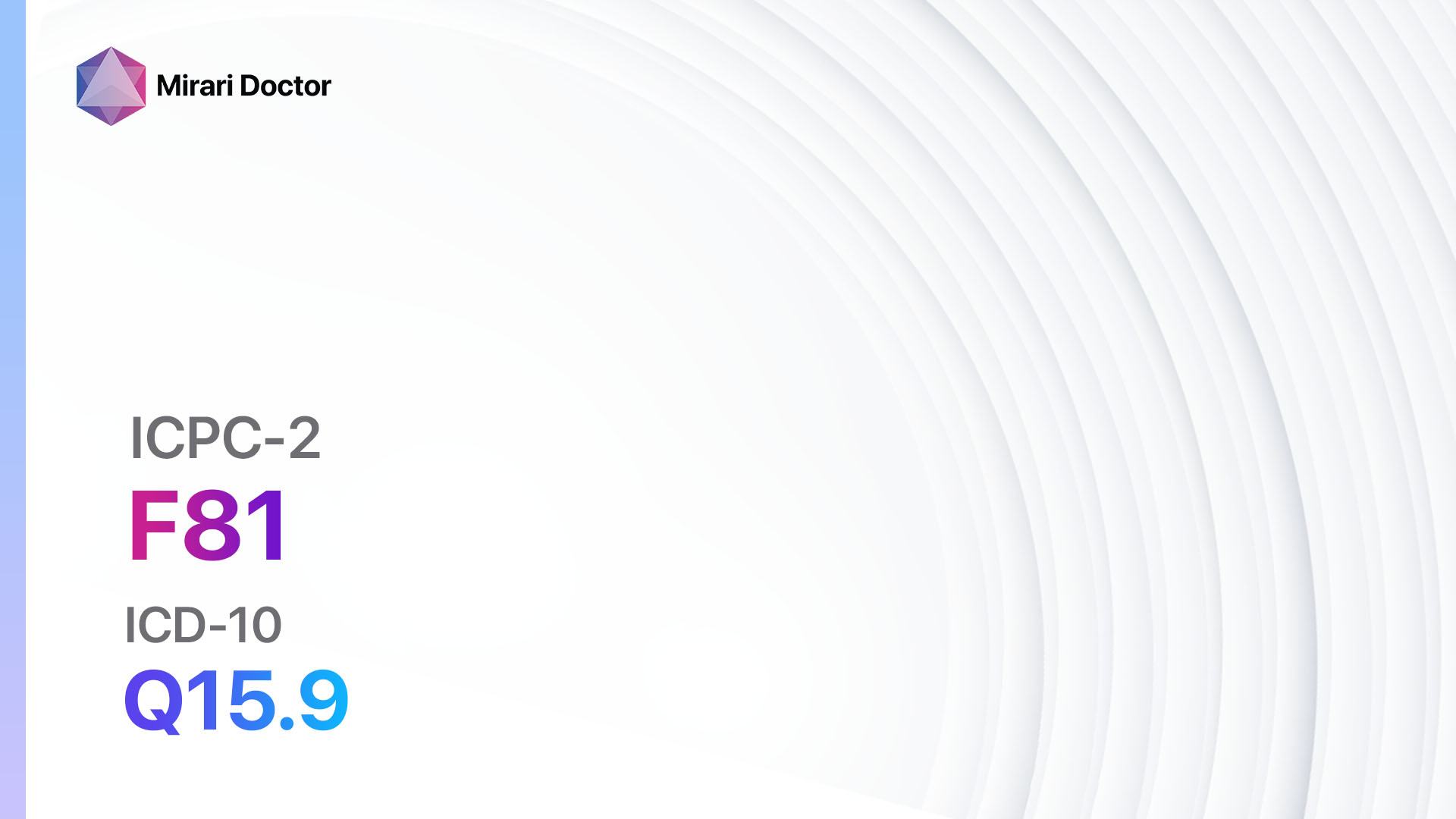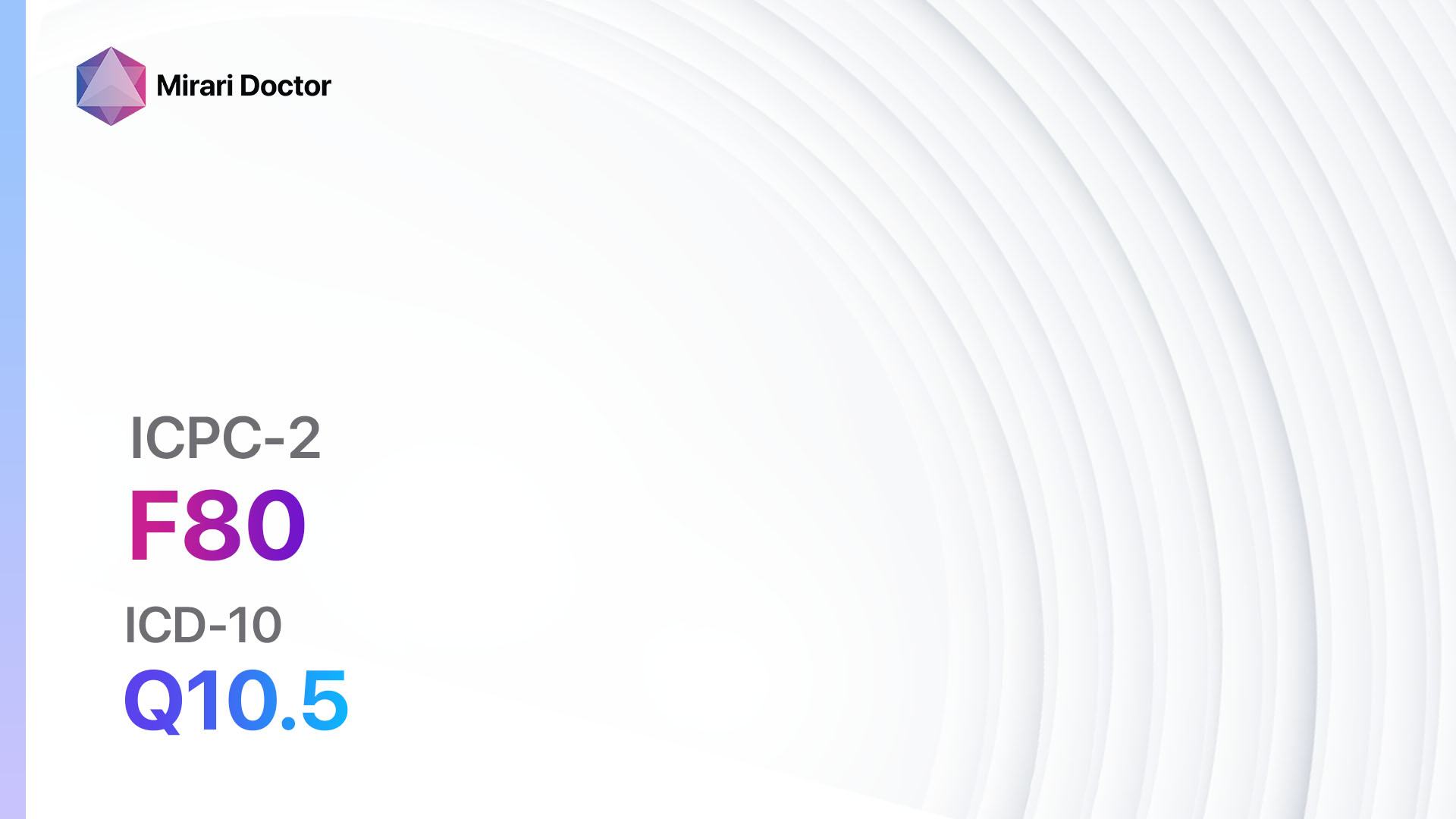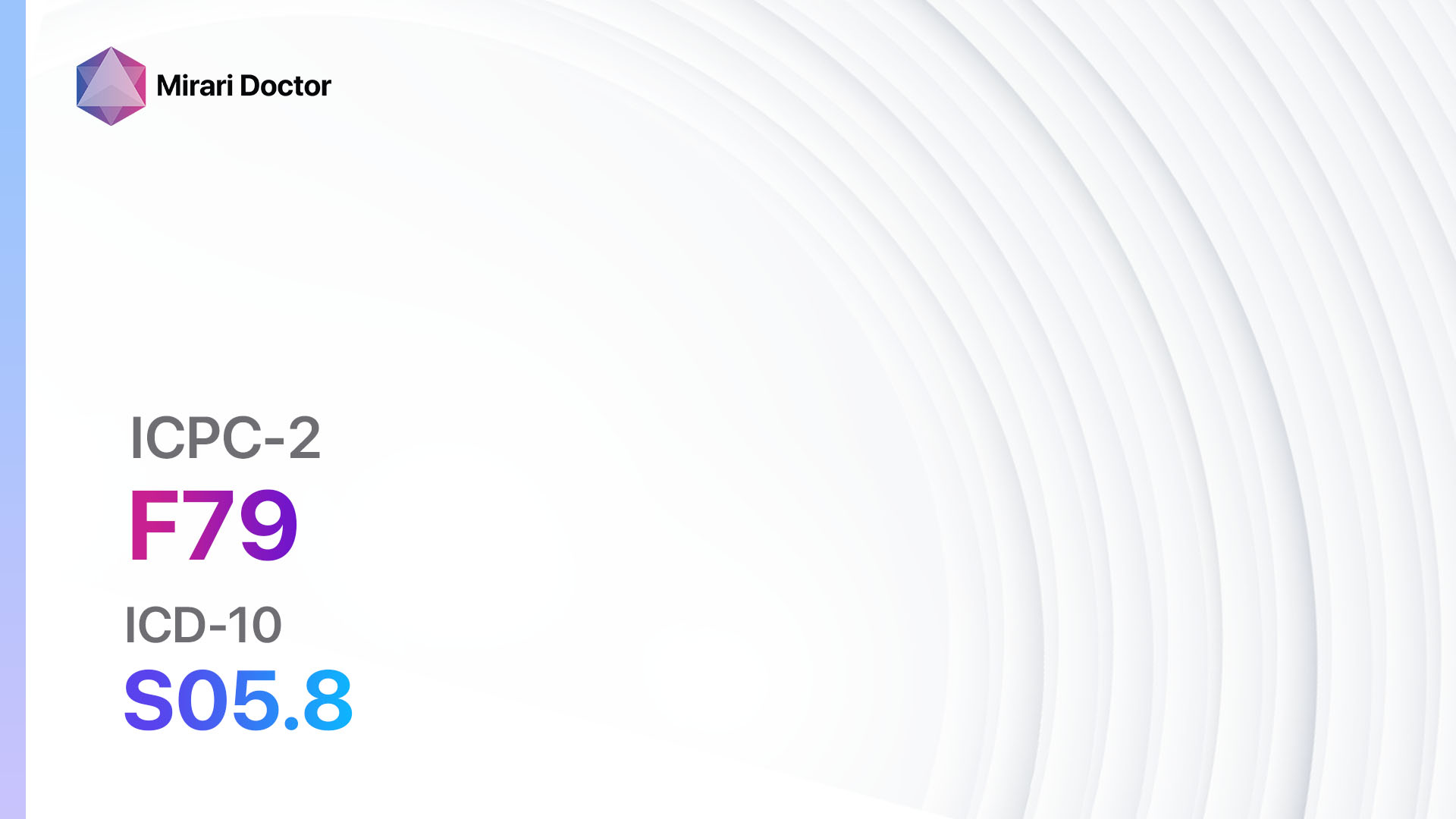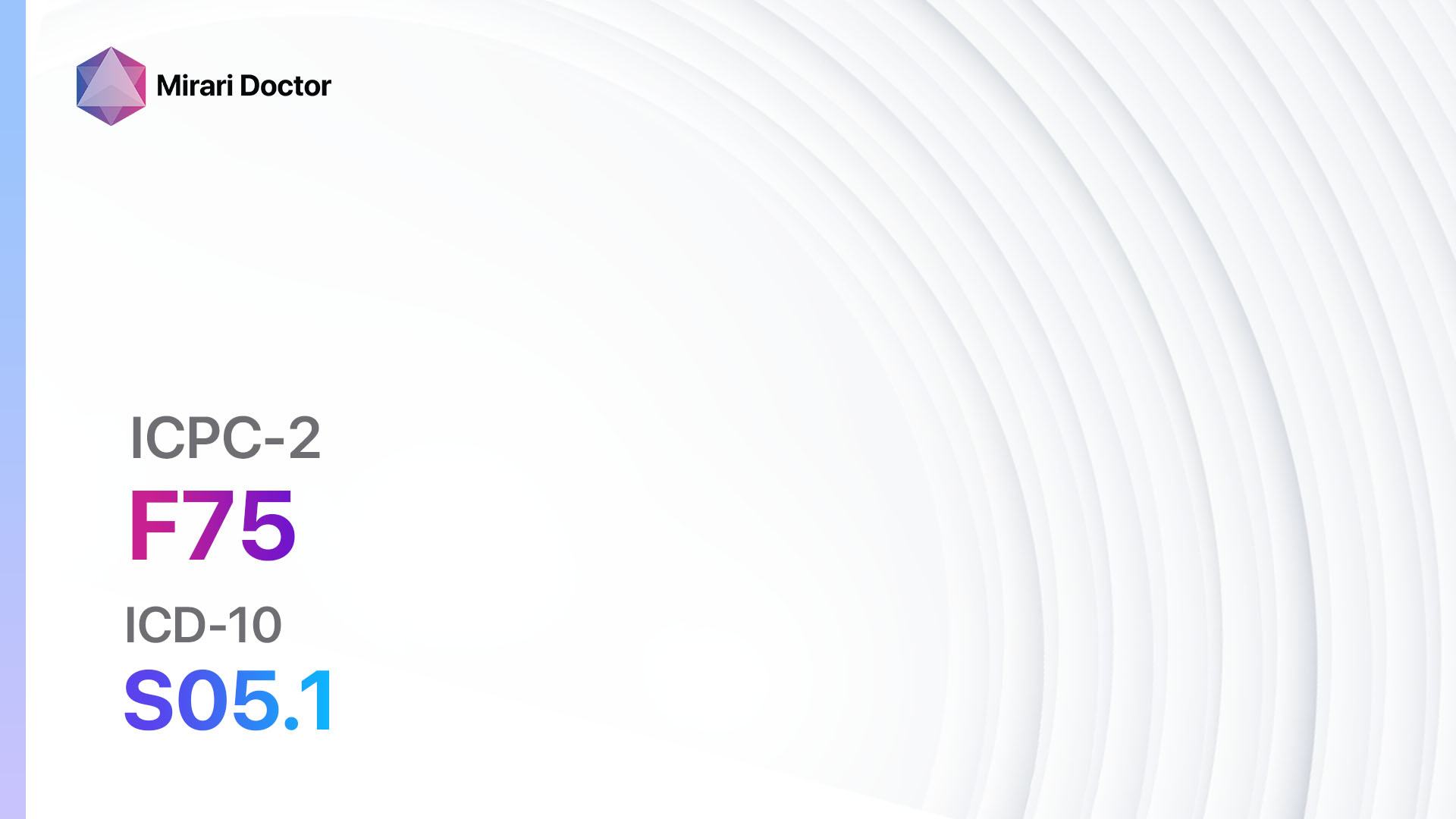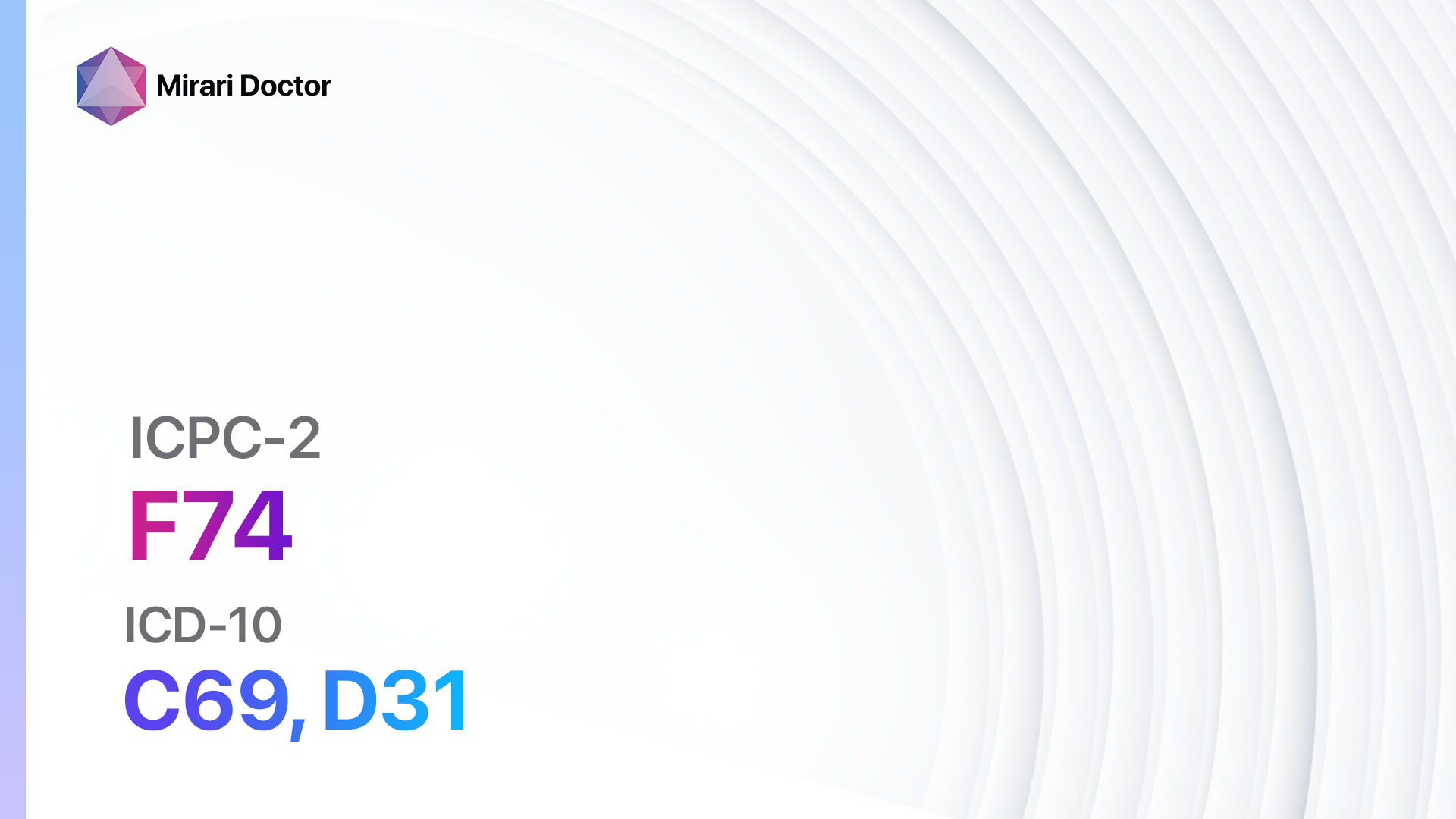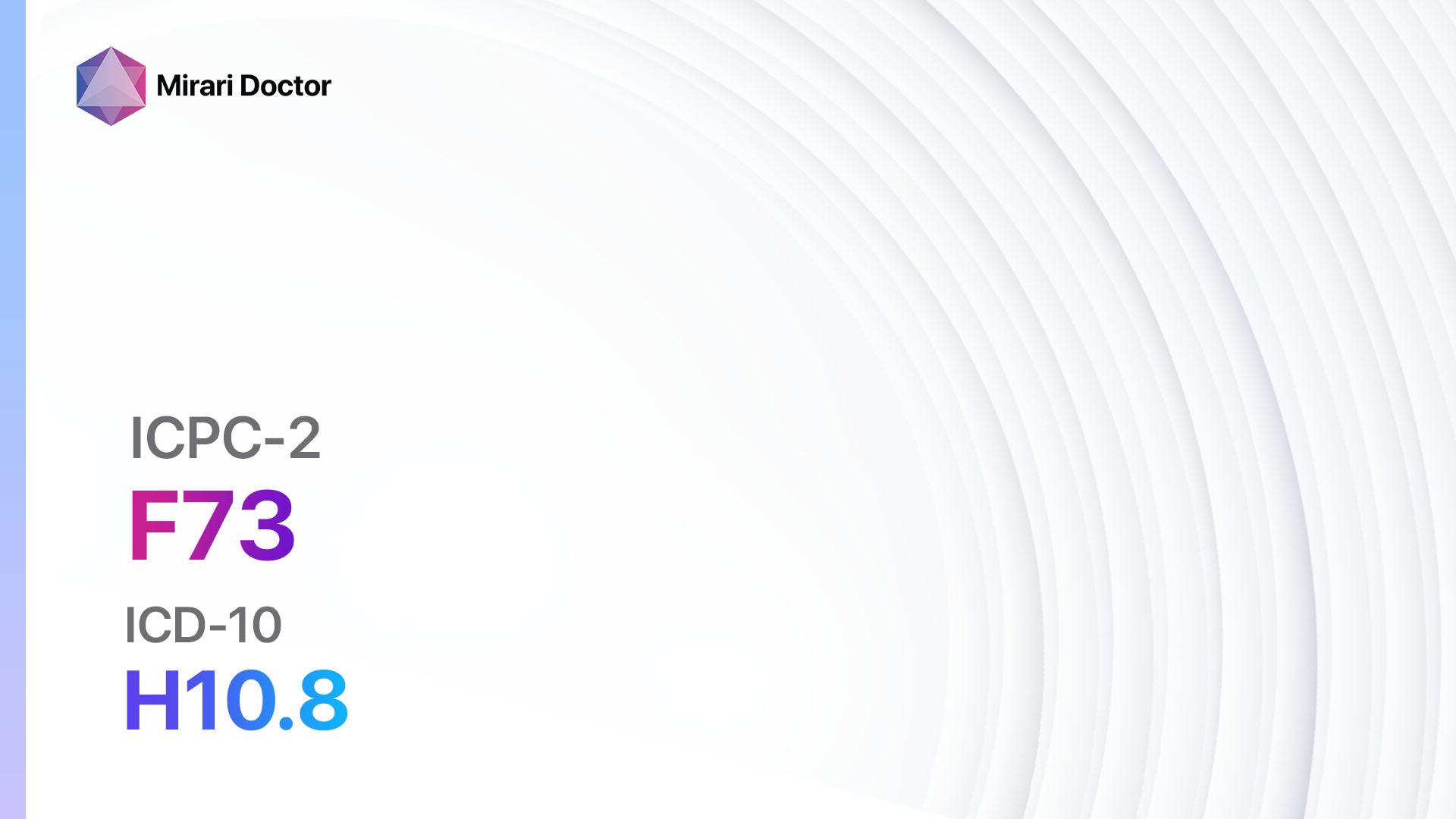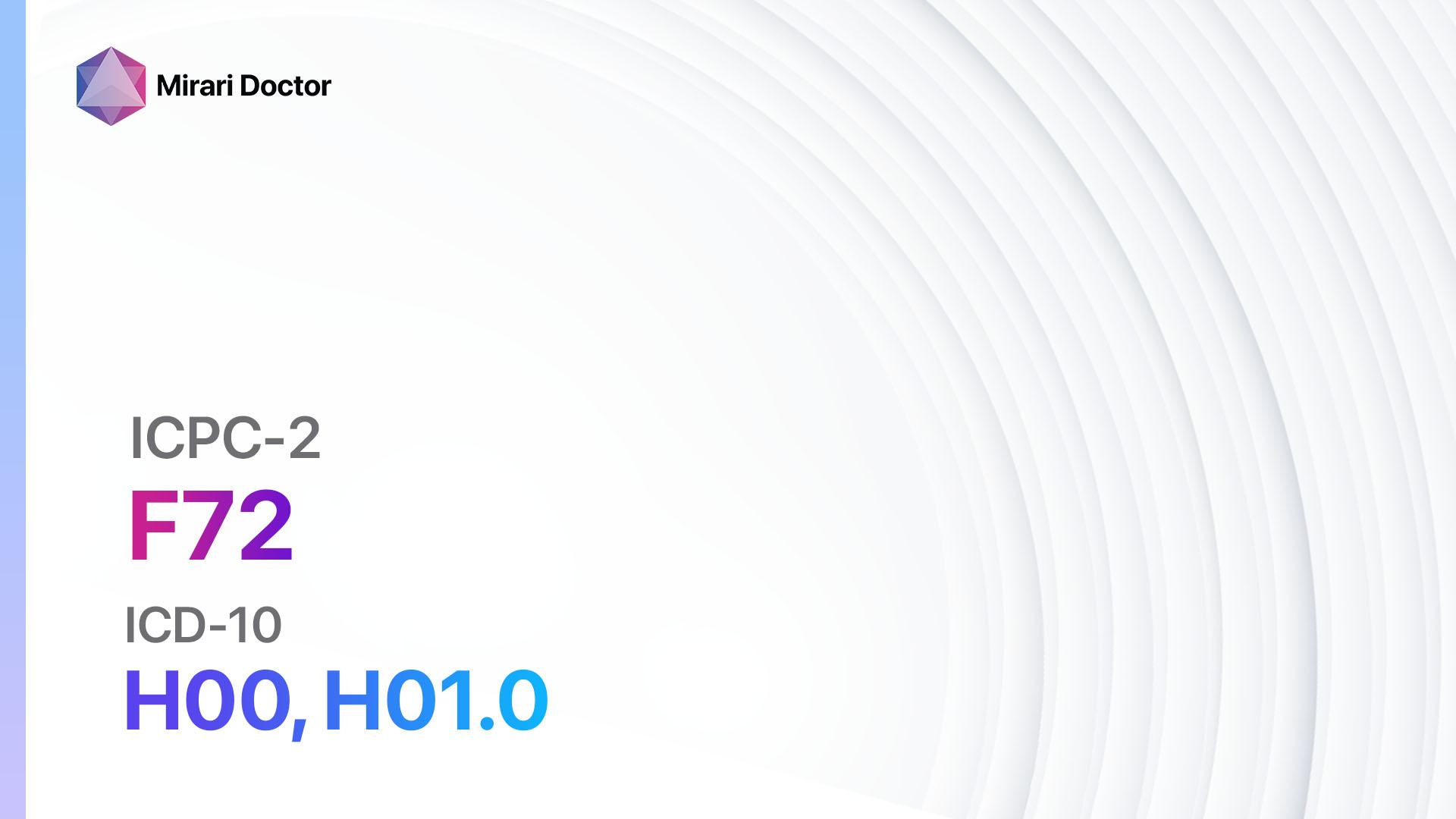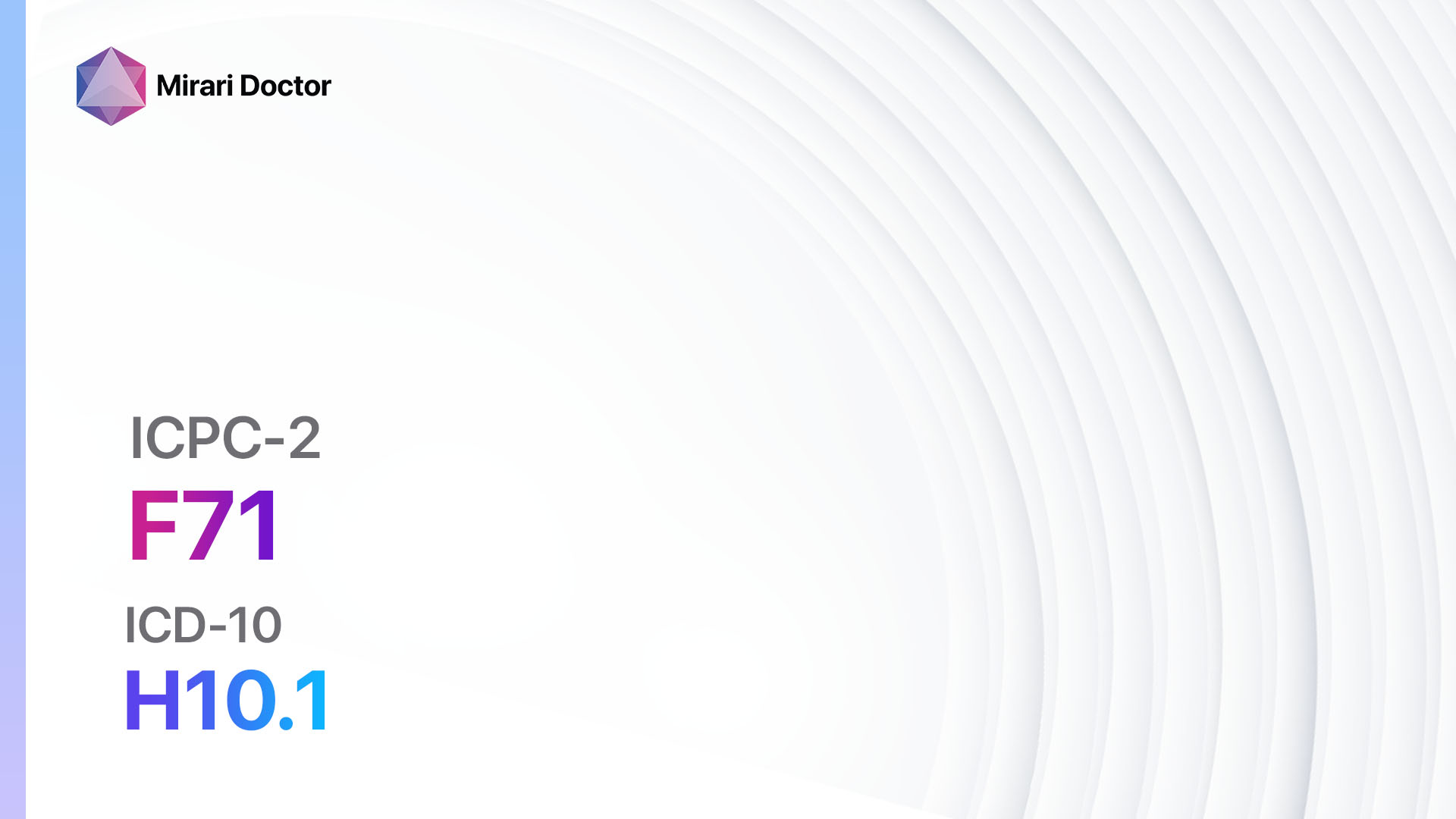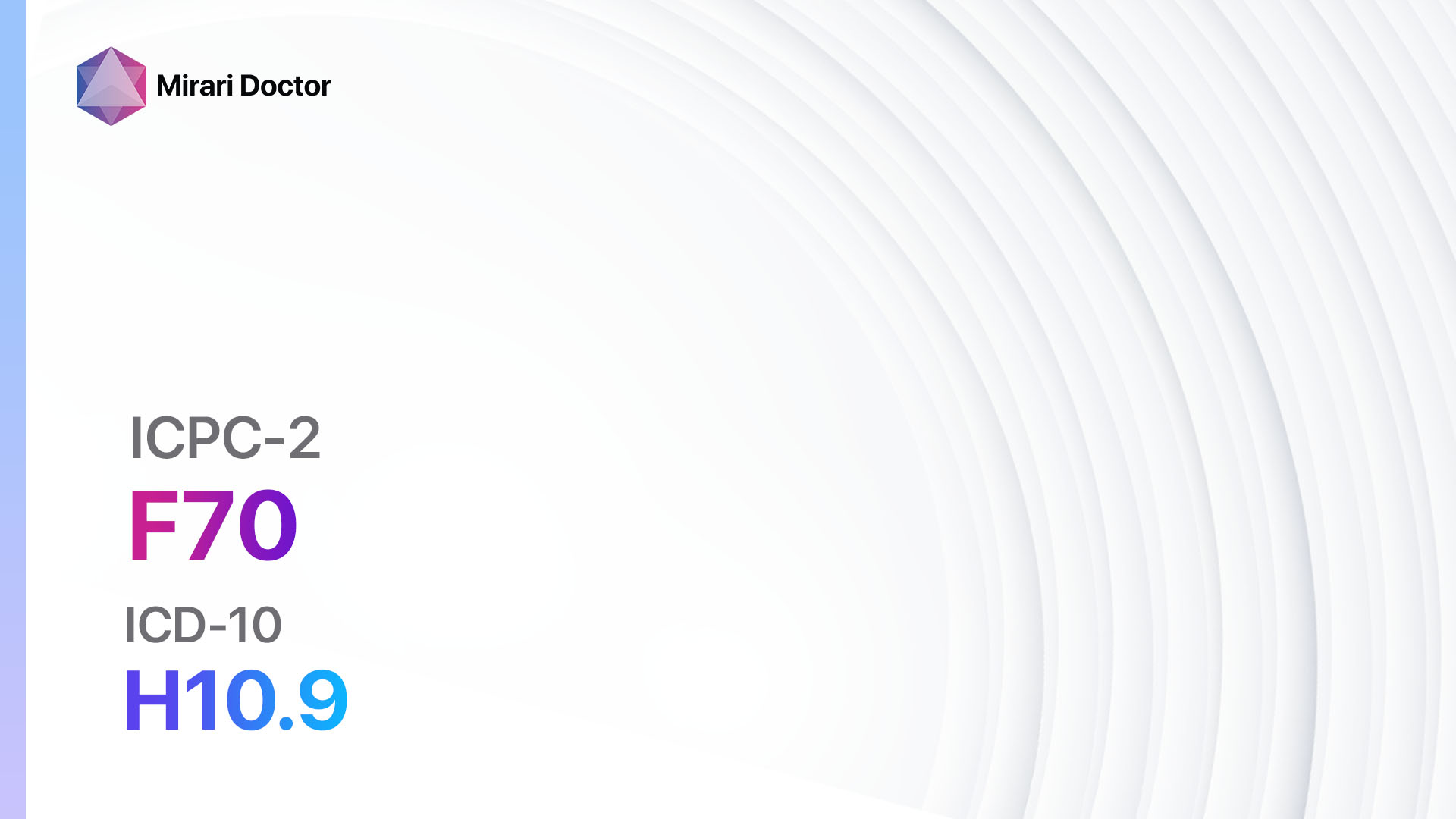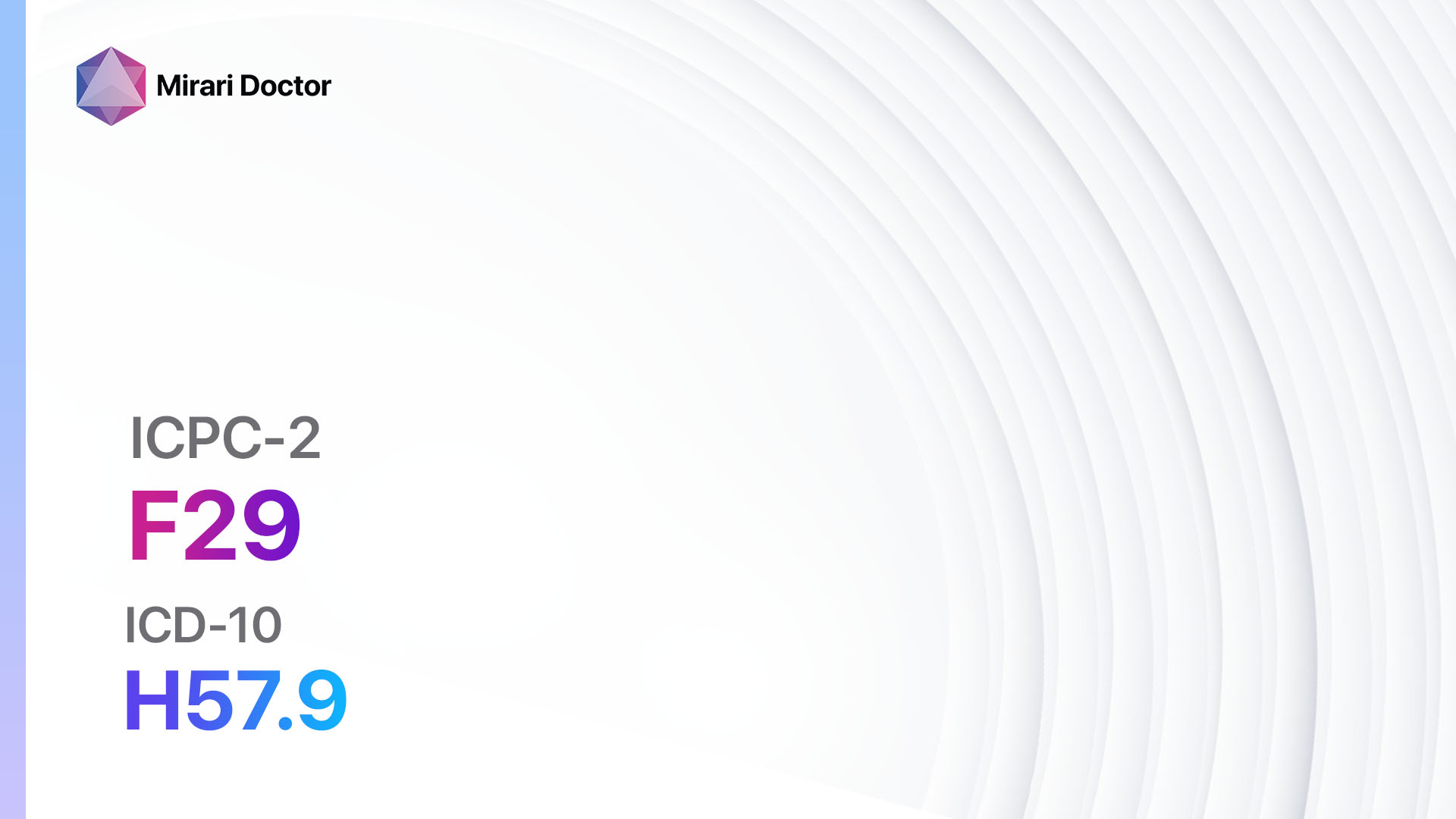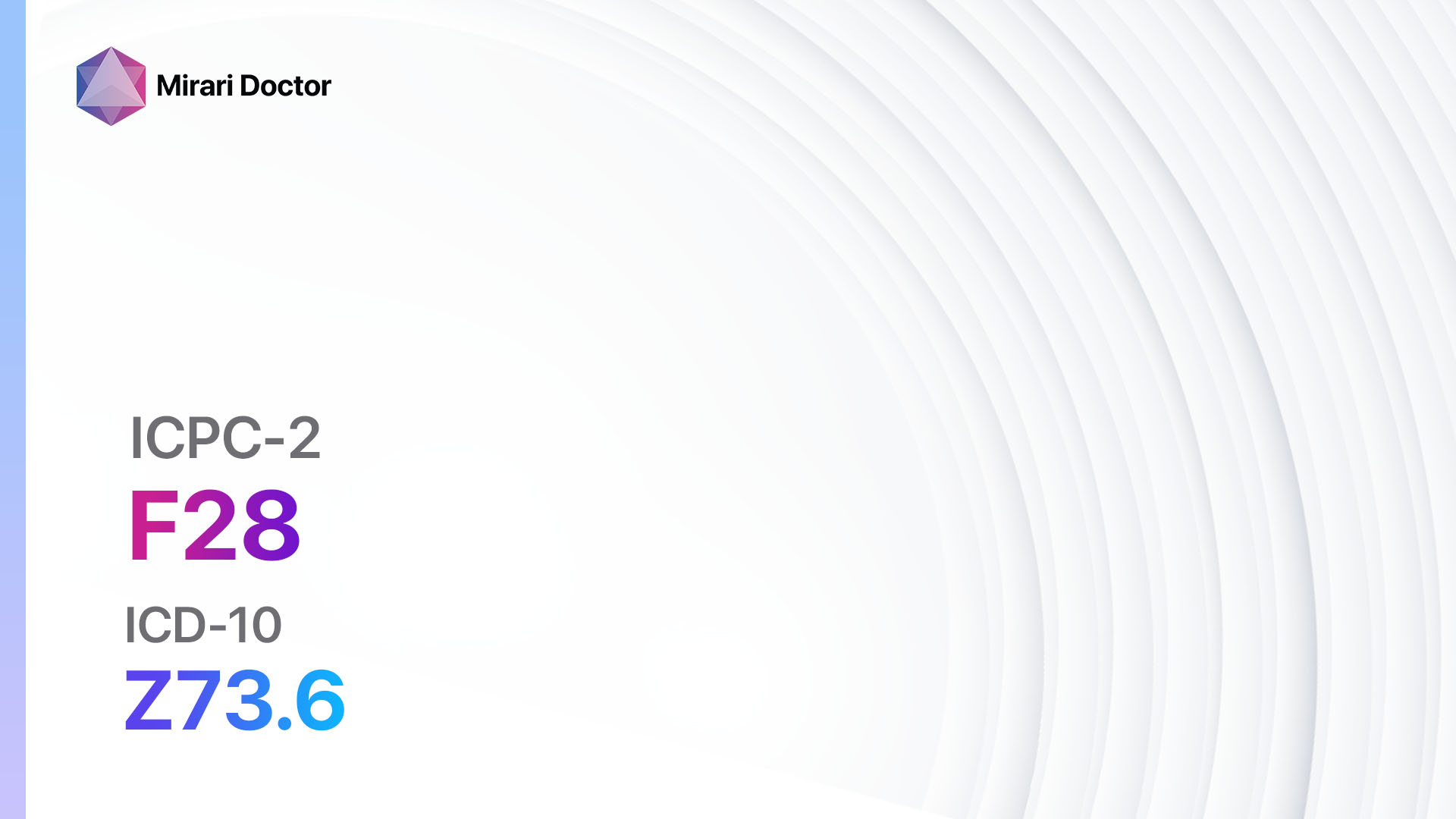
Introduction
Limited function/disability refers to a condition where an individual experiences a decrease in their ability to perform daily activities due to physical or cognitive impairments. This guide aims to provide an overview of the symptoms, causes, diagnostic steps, possible interventions, and lifestyle modifications for individuals with limited function/disability.
Codes
- ICPC-2 Code: F28 Limited function/disability (f)[1]
- ICD-10 Code: Z73.6 Limitation of activities due to disability[2][3]
Symptoms
- Difficulty in performing daily activities[4]
- Impaired mobility[5]
- Muscle weakness[6]
- Pain or discomfort[7]
- Fatigue or tiredness[8]
- Cognitive impairments (in some cases)[9]
Causes
- Musculoskeletal disorders (e.g., arthritis, osteoporosis)[6]
- Neurological disorders (e.g., stroke, multiple sclerosis)[4][5]
- Chronic conditions (e.g., heart disease, diabetes)[7]
- Traumatic injuries (e.g., spinal cord injury, traumatic brain injury)[8]
- Genetic disorders (e.g., muscular dystrophy, cerebral palsy)[9]
Diagnostic Steps
Medical History
- Gather information about the patient’s medical conditions, including any chronic illnesses or previous injuries.[4]
- Identify any risk factors that may contribute to limited function/disability.[5]
- Assess the patient’s symptoms and their impact on daily activities.[6]
Physical Examination
- Perform a thorough physical examination to assess muscle strength, range of motion, and coordination.[7]
- Evaluate any signs of pain or discomfort.[8]
- Assess cognitive function, if applicable.[9]
Laboratory Tests
- Blood tests: Evaluate for any underlying medical conditions, such as diabetes or vitamin deficiencies.[4]
- Genetic testing: Identify any genetic disorders that may be contributing to the limited function/disability.[9]
- Other specialized tests: Depending on the suspected cause, additional tests may be necessary, such as nerve conduction studies or imaging studies.[5]
Diagnostic Imaging
- X-rays: Assess for any structural abnormalities or fractures.[6]
- CT scans or MRIs: Provide detailed images of the musculoskeletal or neurological systems.[7]
- Ultrasound: Evaluate soft tissues, such as tendons or ligaments.[8]
Other Tests
- Electromyography (EMG): Measures the electrical activity of muscles and nerves.[5]
- Balance and gait assessments: Determine any impairments in balance or walking ability.[6]
- Neuropsychological testing: Assess cognitive function and identify any cognitive impairments.[9]
Follow-up and Patient Education
- Schedule regular follow-up appointments to monitor progress and adjust treatment plans if necessary.[4]
- Provide education on managing symptoms, preventing complications, and promoting overall well-being.[5]
- Refer patients to appropriate specialists or rehabilitation services as needed.[6]
Possible Interventions
Traditional Interventions
Medications:
Top 5 drugs for Limited function/disability:
- Nonsteroidal anti-inflammatory drugs (NSAIDs) (e.g., Ibuprofen, Naproxen):
- Cost: Generic versions can be $3-$20/month.
- Contraindications: History of gastrointestinal bleeding, kidney disease.
- Side effects: Upset stomach, increased risk of bleeding.
- Severe side effects: Kidney damage, allergic reactions.
- Drug interactions: Blood thinners, certain blood pressure medications.
- Warning: Long-term use may increase the risk of cardiovascular events.
- Muscle relaxants (e.g., Cyclobenzaprine, Methocarbamol):
- Cost: Generic versions can be $10-$30/month.
- Contraindications: Glaucoma, liver disease.
- Side effects: Drowsiness, dizziness.
- Severe side effects: Allergic reactions, liver toxicity.
- Drug interactions: Sedatives, alcohol.
- Warning: Avoid driving or operating heavy machinery while taking muscle relaxants.
- Antidepressants (e.g., Amitriptyline, Duloxetine):
- Cost: Generic versions can be $10-$50/month.
- Contraindications: Recent heart attack, narrow-angle glaucoma.
- Side effects: Dry mouth, drowsiness.
- Severe side effects: Suicidal thoughts, serotonin syndrome.
- Drug interactions: MAO inhibitors, blood thinners.
- Warning: May take several weeks to see the full effect.
- Anticonvulsants (e.g., Gabapentin, Pregabalin):
- Cost: Generic versions can be $10-$50/month.
- Contraindications: Allergy to anticonvulsants, kidney disease.
- Side effects: Dizziness, drowsiness.
- Severe side effects: Suicidal thoughts, severe allergic reactions.
- Drug interactions: Opioids, certain antidepressants.
- Warning: May cause dependence or withdrawal symptoms with long-term use.
- Corticosteroids (e.g., Prednisone, Dexamethasone):
- Cost: Generic versions can be $10-$50/month.
- Contraindications: Active infections, uncontrolled diabetes.
- Side effects: Increased appetite, weight gain.
- Severe side effects: Osteoporosis, adrenal suppression.
- Drug interactions: NSAIDs, certain antibiotics.
- Warning: Long-term use may require gradual tapering to avoid withdrawal symptoms.
Alternative Drugs :
- Topical analgesics (e.g., Lidocaine patches): Provide localized pain relief. Cost: $10-$50 per patch.
- Antispasmodics (e.g., Baclofen): Reduce muscle spasms. Cost: $10-$50/month.
- Nerve pain medications (e.g., Pregabalin, Duloxetine): Manage neuropathic pain. Cost: $10-$50/month.
- Bisphosphonates (e.g., Alendronate): Prevent or treat osteoporosis. Cost: $10-$50/month.
- Anticholinergic medications (e.g., Oxybutynin): Manage overactive bladder. Cost: $10-$50/month.
Surgical Procedures:
- Joint replacement surgery: Replace damaged joints with artificial ones. Cost: $20,000 to $50,000 per joint.
- Spinal fusion surgery: Join two or more vertebrae to stabilize the spine. Cost: $50,000 to $100,000.
- Carpal tunnel release surgery: Relieve pressure on the median nerve in the wrist. Cost: $5,000 to $10,000.
- Deep brain stimulation: Implant electrodes in the brain to manage movement disorders. Cost: $50,000 to $100,000.
- Neurostimulation therapy: Implant a device to deliver electrical impulses to manage chronic pain. Cost: $20,000 to $50,000.
Alternative Interventions
- Acupuncture: May help reduce pain and improve function. Cost: $60-$120 per session.
- Chiropractic care: Manipulation of the spine to improve joint mobility. Cost: $50-$200 per session.
- Physical therapy: Exercises and techniques to improve strength and mobility. Cost: $50-$150 per session.
- Occupational therapy: Strategies to improve daily activities and function. Cost: $50-$150 per session.
- Assistive devices: Use of mobility aids, braces, or adaptive equipment. Cost: Varies depending on the specific device.
Lifestyle Interventions
- Regular exercise: Strengthen muscles, improve flexibility, and enhance overall function. Cost: Varies (e.g., gym membership, home exercise equipment).
- Healthy diet: Promote weight management, reduce inflammation, and support overall health. Cost: Varies depending on food choices.
- Stress management techniques: Reduce stress levels, which can exacerbate symptoms. Cost: Varies (e.g., meditation apps, yoga classes).
- Sleep hygiene: Ensure adequate rest and recovery. Cost: Varies (e.g., comfortable bedding, sleep aids).
- Assistive technology: Use of devices or software to aid in daily activities. Cost: Varies depending on the specific technology.
It is important to note that the cost ranges provided are approximate and may vary depending on the location and availability of the interventions.
Mirari Cold Plasma Alternative Intervention
Understanding Mirari Cold Plasma
- Safe and Non-Invasive Treatment: Mirari Cold Plasma is a safe and non-invasive treatment option for various skin conditions. It does not require incisions, minimizing the risk of scarring, bleeding, or tissue damage.
- Efficient Extraction of Foreign Bodies: Mirari Cold Plasma facilitates the removal of foreign bodies from the skin by degrading and dissociating organic matter, allowing easier access and extraction.
- Pain Reduction and Comfort: Mirari Cold Plasma has a local analgesic effect, providing pain relief during the treatment, making it more comfortable for the patient.
- Reduced Risk of Infection: Mirari Cold Plasma has antimicrobial properties, effectively killing bacteria and reducing the risk of infection.
- Accelerated Healing and Minimal Scarring: Mirari Cold Plasma stimulates wound healing and tissue regeneration, reducing healing time and minimizing the formation of scars.
Mirari Cold Plasma Prescription
Video instructions for using Mirari Cold Plasma Device – F28 Limited function/disability (f) (ICD-10:Z73.6)
| Mild | Moderate | Severe |
| Mode setting: 7 (Immunotherapy) Location: 1 (Sacrum) Morning: 15 minutes, Evening: 15 minutes |
Mode setting: 7 (Immunotherapy) Location: 1 (Sacrum) Morning: 30 minutes, Lunch: 30 minutes, Evening: 30 minutes |
Mode setting: 7 (Immunotherapy) Location: 1 (Sacrum) Morning: 30 minutes, Lunch: 30 minutes, Evening: 30 minutes |
| Mode setting: 7 (Immunotherapy) Location: 4 (Heart, Bile & Pancreas) Morning: 15 minutes, Evening: 15 minutes |
Mode setting: 7 (Immunotherapy) Location: 4 (Heart, Bile & Pancreas) Morning: 30 minutes, Lunch: 30 minutes, Evening: 30 minutes |
Mode setting: 7 (Immunotherapy) Location: 4 (Heart, Bile & Pancreas) Morning: 30 minutes, Lunch: 30 minutes, Evening: 30 minutes |
| Mode setting: 3 (Antiviral Therapy) Location: 7 (Neuro system & ENT) Morning: 15 minutes, Evening: 15 minutes |
Mode setting: 3 (Antiviral Therapy) Location: 7 (Neuro system & ENT) Morning: 30 minutes, Lunch: 30 minutes, Evening: 30 minutes |
Mode setting: 3 (Antiviral Therapy) Location: 7 (Neuro system & ENT) Morning: 30 minutes, Lunch: 30 minutes, Evening: 30 minutes |
| Mode setting: 7 (Immunotherapy) Location: 7 (Neuro system & ENT) Morning: 15 minutes, Evening: 15 minutes |
Mode setting: 7 (Immunotherapy) Location: 7 (Neuro system & ENT) Morning: 30 minutes, Lunch: 30 minutes, Evening: 30 minutes |
Mode setting: 7 (Immunotherapy) Location: 7 (Neuro system & ENT) Morning: 30 minutes, Lunch: 30 minutes, Evening: 30 minutes |
| Total Morning: 60 minutes approx. $10 USD, Evening: 60 minutes approx. $10 USD |
Total Morning: 120 minutes approx. $20 USD, Lunch: 120 minutes approx. $20 USD, Evening: 120 minutes approx. $20 USD, |
Total Morning: 120 minutes approx. $20 USD, Lunch: 120 minutes approx. $20 USD, Evening: 120 minutes approx. $20 USD, |
| Usual treatment for 7-60 days approx. $140 USD – $1200 USD | Usual treatment for 6-8 weeks approx. $2,520 USD – $3,360 USD |
Usual treatment for 3-6 months approx. $5,400 USD – $10,800 USD
|
 |
|
Use the Mirari Cold Plasma device to treat Limited function/disability (f) effectively.
WARNING: MIRARI COLD PLASMA IS DESIGNED FOR THE HUMAN BODY WITHOUT ANY ARTIFICIAL OR THIRD PARTY PRODUCTS. USE OF OTHER PRODUCTS IN COMBINATION WITH MIRARI COLD PLASMA MAY CAUSE UNPREDICTABLE EFFECTS, HARM OR INJURY. PLEASE CONSULT A MEDICAL PROFESSIONAL BEFORE COMBINING ANY OTHER PRODUCTS WITH USE OF MIRARI.[10]
Step 1: Cleanse the Skin
- Start by cleaning the affected area of the skin with a gentle cleanser or mild soap and water. Gently pat the area dry with a clean towel.
Step 2: Prepare the Mirari Cold Plasma device
- Ensure that the Mirari Cold Plasma device is fully charged or has fresh batteries as per the manufacturer’s instructions. Make sure the device is clean and in good working condition.
- Switch on the Mirari device using the power button or by following the specific instructions provided with the device.
- Some Mirari devices may have adjustable settings for intensity or treatment duration. Follow the manufacturer’s instructions to select the appropriate settings based on your needs and the recommended guidelines.
Step 3: Apply the Device
- Place the Mirari device in direct contact with the affected area of the skin. Gently glide or hold the device over the skin surface, ensuring even coverage of the area experiencing.
- Slowly move the Mirari device in a circular motion or follow a specific pattern as indicated in the user manual. This helps ensure thorough treatment coverage.
Step 4: Monitor and Assess:
- Keep track of your progress and evaluate the effectiveness of the Mirari device in managing your Limited function/disability (f). If you have any concerns or notice any adverse reactions, consult with your health care professional.
Note
This guide is for informational purposes only and should not replace the advice of a medical professional. Always consult with your healthcare provider or a qualified medical professional for personal advice, diagnosis, or treatment. Do not solely rely on the information presented here for decisions about your health. Use of this information is at your own risk. The authors of this guide, nor any associated entities or platforms, are not responsible for any potential adverse effects or outcomes based on the content.
Mirari Cold Plasma System Disclaimer
- Purpose: The Mirari Cold Plasma System is a Class 2 medical device designed for use by trained healthcare professionals. It is registered for use in Thailand and Vietnam. It is not intended for use outside of these locations.
- Informational Use: The content and information provided with the device are for educational and informational purposes only. They are not a substitute for professional medical advice or care.
- Variable Outcomes: While the device is approved for specific uses, individual outcomes can differ. We do not assert or guarantee specific medical outcomes.
- Consultation: Prior to utilizing the device or making decisions based on its content, it is essential to consult with a Certified Mirari Tele-Therapist and your medical healthcare provider regarding specific protocols.
- Liability: By using this device, users are acknowledging and accepting all potential risks. Neither the manufacturer nor the distributor will be held accountable for any adverse reactions, injuries, or damages stemming from its use.
- Geographical Availability: This device has received approval for designated purposes by the Thai and Vietnam FDA. As of now, outside of Thailand and Vietnam, the Mirari Cold Plasma System is not available for purchase or use.
References
- PH3C. (n.d.). International Classification of Primary Care. Retrieved from http://www.ph3c.org/PH3C/docs/27/000496/0000908.pdf
- ICD List. (n.d.). ICD-10-CM Diagnosis Code Z73.6. Retrieved from https://icdlist.com/icd-10/Z73.6
- AAPC. (n.d.). ICD-10-CM Code for Limitation of activities due to disability Z73.6. Retrieved from https://www.aapc.com/codes/icd-10-codes/Z73.6
- Centers for Disease Control and Prevention. (2022, September 28). Disability and Health Overview. Retrieved from https://www.cdc.gov/ncbddd/disabilityandhealth/disability.html
- Study.com. (n.d.). Functional Health Disability & Impairment | Definition & Examples. Retrieved from https://study.com/academy/lesson/functional-health-disability-definition-major-issues.html
- Intellectual Disability Mental Health Connect. (n.d.). Assessment and diagnosis. Retrieved from https://www.idmhconnect.health/i-am-professional/mental-health-care-pathway/mental-health-professionals-and-gps/care-pathways/assessment
- Millcreek Behavioral Health. (n.d.). Intellectual Disability Signs, Symptoms, & Causes. Retrieved from https://www.millcreekbehavioralhealth.com/development-disorders/intellectual-disability/symptoms-signs-causes/
- Medical News Today. (2017, December 22). Intellectual disability: Definition, symptoms, treatment, and more. Retrieved from https://www.medicalnewstoday.com/articles/intellectual-disability
- National Academies of Sciences, Engineering, and Medicine. (2015). Mental Disorders and Disabilities Among Low-Income Children. Retrieved from https://www.ncbi.nlm.nih.gov/books/NBK332877/
- Aletaha, Daniel ; Funovits, Julia ; Smolen, Josef S (2011). Physical disability in rheumatoid arthritis is associated with cartilage damage rather than bone destruction. DOI: 10.1136/ard.2010.138693
Related articles
Made in USA


